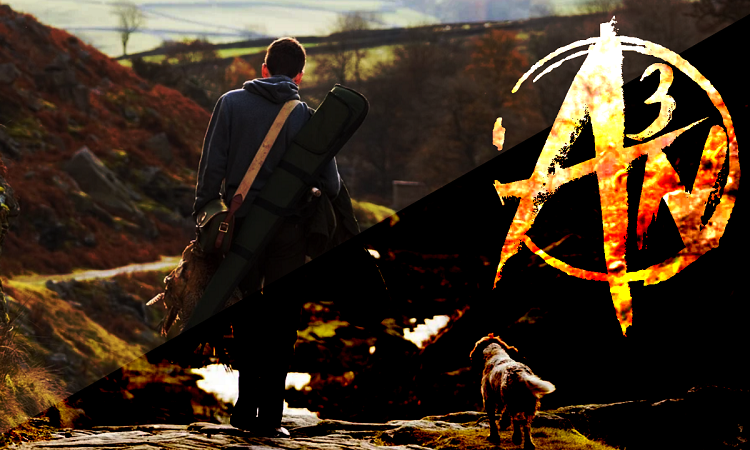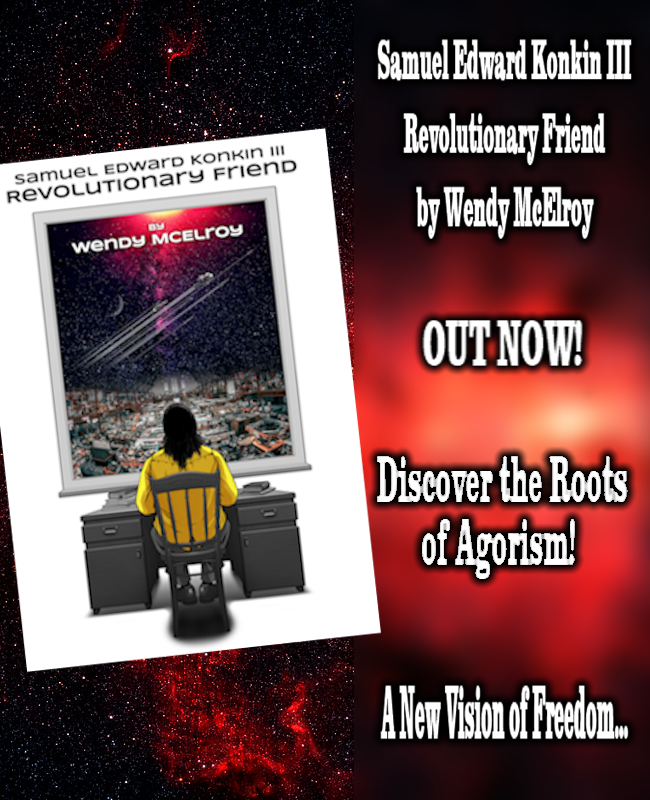
Animal Markets, Hunting, and Firearms Regulation in Mexico
It has been only too recent that certain political sectors within Mexico have advocated for, not just the regulation, but the prohibition of hunting. Mexico’s government has had a long history of obedience towards the hegemonic trend, whatever it may be. And these times have favoured the supposed crusades for animal rights and the endorsement of vegan diets.
These politicians have tried to ban hunting within Mexico, under the excuse that those who practice hunting are mentally ill, that to be attracted to hunting comprises certain psychopathic tendencies in the individual, and that such inclinations cannot be endorsed by the government if it seeks to groom a healthy and moral society. So hunting should be seen as inherently immoral, and not of the best interest of the supposed society it claims to guide.
Which is funny to think about, because this government endorses psychopathic behaviours by sustaining an standing army and police force under the pretense of the rule of law.
Not so long ago, any Mexican was capable of bearing arms anywhere he or she pleased, be it knives, guns, rifles, shotguns, bazookas, anything. Pretty much like the United States. But it was in 1968, during a series of revolts against the government within Mexico, that the infamous president Gustavo Díaz Ordaz, banned gun ownership and its markets. Oddly enough, this politician was also responsible for the arrest, torture, rape, and disappearance of hundreds of students during the revolts of the National Mexican University, also known as the Massacre of Tlatelolco.
Hunting has been essential to rural Mexico insofar conventional cattle is not endemic. Before the Europeans, there was only hunting game like deer and boar, and very few birds were domesticated, like turkey. There have been numerous attempts to regulate hunting in Mexico, like taxing prey and confiscating meat, or even imprisoning poachers, but all these regulations have remained mostly in paper; there has never been enough money to guard the vast mountain ranges of the country, which have been populated for millenia and ruled by local customs.
If anything, to ban hunting in Mexico will create black markets for the rich who currently endorse and subsidize private clubs and ranches that actually care for the preservation of several species, for which the government, of course, brings no support whatsoever.
And these regulations include the animal market. There is a political trend aiming to ban the pet market as well. It has already been successful in Mexico City, but they want to endorse it at a federal level, with the exception of cattle and farm animals. However, these two will eventually be target for future policies endorsed by vegans, mainly from the new left.
The repercussions of this policy affects the very same idiosyncrasy that endorses it, like the conservation project of the axolotl. It has become a symbol for the Mexican nation, and yet, by these regulations, the axolotl won’t be able to thrive, because the whole funding for its conservation comes from its market worldwide. The axolotl, like many other species, cannot live in the wild anymore, they need to be sheltered under controlled environments. By prohibiting the whole pet market, they destroy the conditions for species, like the axolotl, to survive.
And these policies come from people who are blatantly ignorant, who have no idea of the repercussions of their ideology into public life, and how could they? Policies come from politicians, and the main role of a politician is to brag about phantoms of the social fiction of the state, to scam publicly, but their knowledge beyond that is not meaningful.
It has been only too recent that the government demanded a 300 percent rise in taxes for weapons . Several factions within Mexico, of course, protested heavily, but they were not heard. I happen to bear arms that the Mexican state doesn’t even regulate at this point: mainly knives, bows and arrows. I wonder if the Mexican government will eventually make me register my property and pay the tax as well.
Archery in Mexico has a curious story. Most cultures of the past favoured the Atlatl above the bow. The Atlatl is a light weight type of spear which is launched with the aid of a hand held lever, creating enough kinetic energy to penetrate the flesh of a Mammuth. This weapon was heavily used in Siberia and particularly in Central Mexico. Atlatl is a Nahuatl word roughly meaning “spear,” and presents a huge advantage towards the bow, if just for the sheer construction, it’s simplicity, and the power it creates. The use of the bow and arrow was less favoured in Central Mexico, perhaps due to the materials available, or the costs to manufacture. The bow was mostly used in Northern Mexico, and the peoples that borne them never surrendered to the Spaniards, they were assimilated through religious conversion and intermixing.
With the advent of fire weapons, all tradition of archery was lost, only to be revived at the midst of the 20th century with the importation of the American longbow. Since then, archery in Mexico has been heavily guided by the northern trend, from traditional recurve shelved bows to complex compound bows. However, this trend came as a colonial gesture. The Spaniards, who ruled Mexico for 300 years, had left their descendants to rule as “Independent Mexicans.” However, these so called “Mexicans” always favoured the hegemonic trends of the world. Since then, there has been this tendency to obey, a gesture of compliance towards the new faces of colonialism from the upper crust.
One curious fact shared among the first peoples of Northern Mexico, the USA, and the nomadic cultures of Medieval Central Asia was their stateless condition. The Central Asia archery tradition shared a political and religious connotation linked to their way of life separated by that of the city-state. The same as the native peoples of North America an Mexico: they lived off the customs of the tribe, and they had little to no notion of land property. The ideological value of archery in ancient societies was linked to the fact that most nomads back then were truly stateless.
Two things that Mexico has always had in common with the Central Asia are its markets and its unstable governments.
Nowadays, the symbol of armed antagonism is the Russian AK-47, which we call “Cuerno de Chivo” or “Goat Horn,” due to the shape of the rail sight. From Cartels to Guerrillas, it has become a popular weapon, and rural Mexico is filled with them. Nearly every house has at least a family member owning an AK, and with reason. Since the fall of the Spanish Empire, there has never been a coalescent government in Mexico, and with the wars of the following centuries, Mexican farmers have become wary of any type of state formation. Further, with the wars among the Cartels, the need to defend themselves is even higher. Right now, just in the state of Michoacan, there are military formations originated from the people to fight the oppressive Cartel Jalisco.
Their current motto is: “If the State cannot procure safety to its people, we will.”
The time is nigh where the rural sector of Mexico becomes sufficiently fed up with the government and start true revolutions in regards to property of land and self-determination. There already exist the sprouts of a rebellious spirit within their daily life, gaining strength and audacity as the central government looses its charisma. There is already a flame going on at the slopes of distant mountains, bright enough to guide peoples into a new way of self-ownership.
As long as these peoples do not loose its relationship with the earth, the crops, and their endeavour to the land, there will always be a spark of hope for freer ways.







